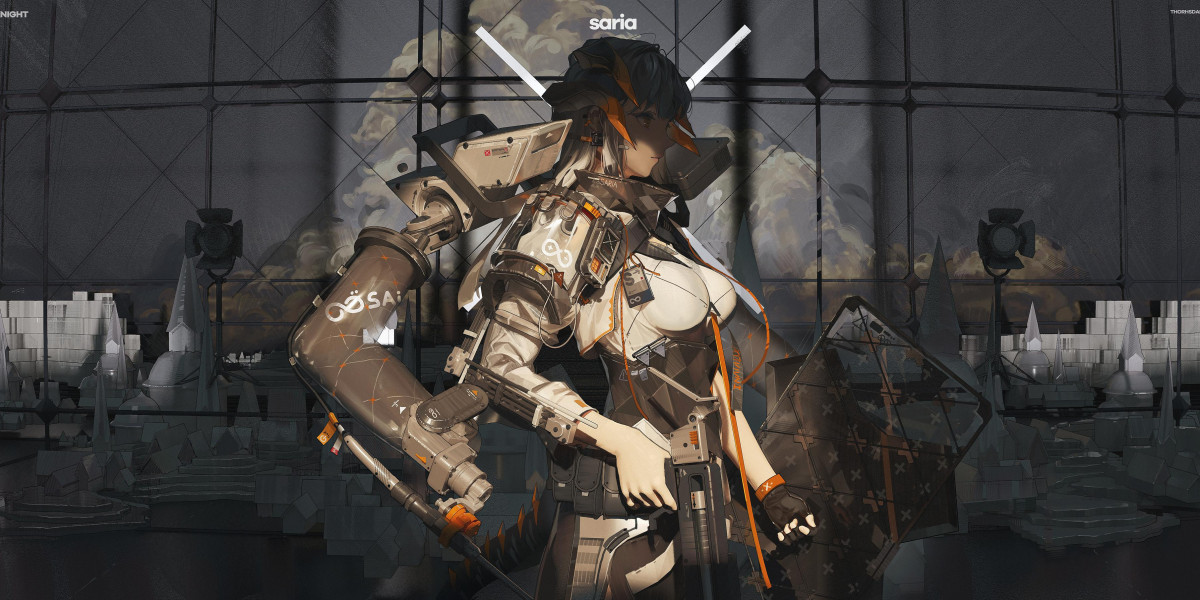Unlock Your 3D Printing Potential: Discover the Ultimate Safety Gear Today!
As the world of 3D printing continues to evolve, it opens up endless possibilities for creativity and innovation. However, with these exciting advancements come potential hazards that can jeopardize your health and safety. From exposure to toxic fumes to the risks associated with moving parts, it's crucial to recognize the importance of safety in 3D printing. Whether you're a hobbyist or a professional, understanding the necessary safety gear and practices can make a significant difference in your 3D printing experience. In this article, we will explore the various hazards associated with 3D printing, the essential safety equipment you should consider, and best practices to maintain a safe printing environment.

Understanding 3D Printing Hazards
3D printing presents unique hazards that every user should be aware of to prevent accidents and injuries. One of the primary concerns is the release of harmful fumes, particularly when using materials like ABS or certain resins. These fumes can contain volatile organic compounds (VOCs) that could lead to respiratory issues if inhaled over prolonged periods. Additionally, the fine particles released during the printing process can irritate your lungs and skin, making proper protection essential. Beyond chemical hazards, there are also mechanical dangers associated with moving parts of the printer, which can cause cuts or pinching injuries. Understanding these hazards is the first step toward protecting yourself and ensuring a safe printing environment.
Essential Safety Gear for 3D Printing
Investing in the right safety gear can significantly reduce the risks involved in 3D printing. Here are some essential pieces of equipment to consider:
Protective Eyewear
Protective eyewear is a must-have for anyone involved in 3D printing. Flying debris from the printing process, especially when using certain materials, can pose a risk to your eyes. Moreover, some printers emit harmful UV light, which can lead to eye damage if proper eyewear is not used. A good pair of safety glasses can shield your eyes from these hazards, ensuring that you can focus on your work without worrying about potential injuries.
Gloves and Skin Protection
Handling 3D printing materials can expose you to several risks, including chemical burns from resins and cuts from sharp objects. Wearing gloves is essential for protecting your skin when working with these materials. Look for gloves that are resistant to chemicals and cuts to ensure maximum protection. In addition to gloves, consider long sleeves and aprons to cover exposed skin, especially when working with potentially hazardous substances.
Respiratory Protection
One of the most critical aspects of 3D printing safety is respiratory protection. Many materials release harmful fumes during printing, which can be detrimental to your health if inhaled. A quality mask or respirator can filter out these harmful particles, allowing you to work safely. It's essential to choose a respirator that is suitable for the specific materials you are using, ensuring that you are adequately protected from inhaling toxins.
Best Practices for Safety in 3D Printing
In addition to wearing the right safety gear, implementing best practices can help maintain a safe environment for 3D printing. First and foremost, ensure proper ventilation in your workspace. This can involve using exhaust fans or keeping windows open to allow fresh air to circulate, reducing the concentration of harmful fumes. Regular maintenance of your 3D printer is also crucial; ensure that all parts are functioning correctly to minimize mechanical risks. Finally, familiarize yourself with the material safety data sheets (MSDS) for the materials you are using. These documents provide vital information about the hazards associated with materials and the safety measures you should take when handling them.
Enhancing Safety in Your 3D Printing Journey
In conclusion, prioritizing safety in 3D printing is not just a precaution; it is an essential part of the process. By understanding the associated hazards and equipping yourself with the proper safety gear, you can significantly enhance your 3D printing experience while minimizing risks. Whether it’s protective eyewear, gloves, or respiratory masks, investing in high-quality safety equipment will provide peace of mind as you explore the limitless possibilities of 3D printing. Remember, a safe workspace is a productive workspace—ensure you are well-protected as you unleash your creativity.








